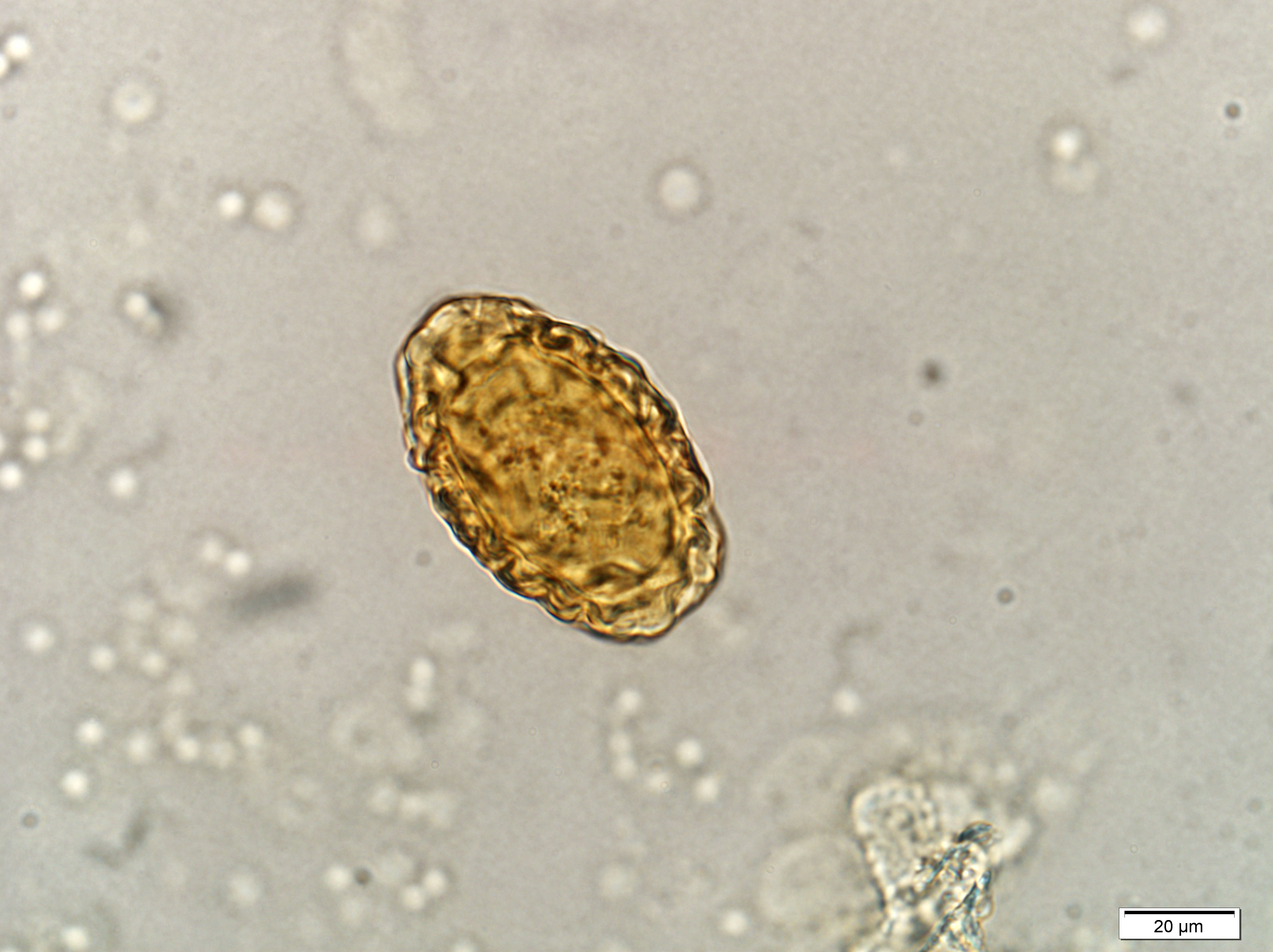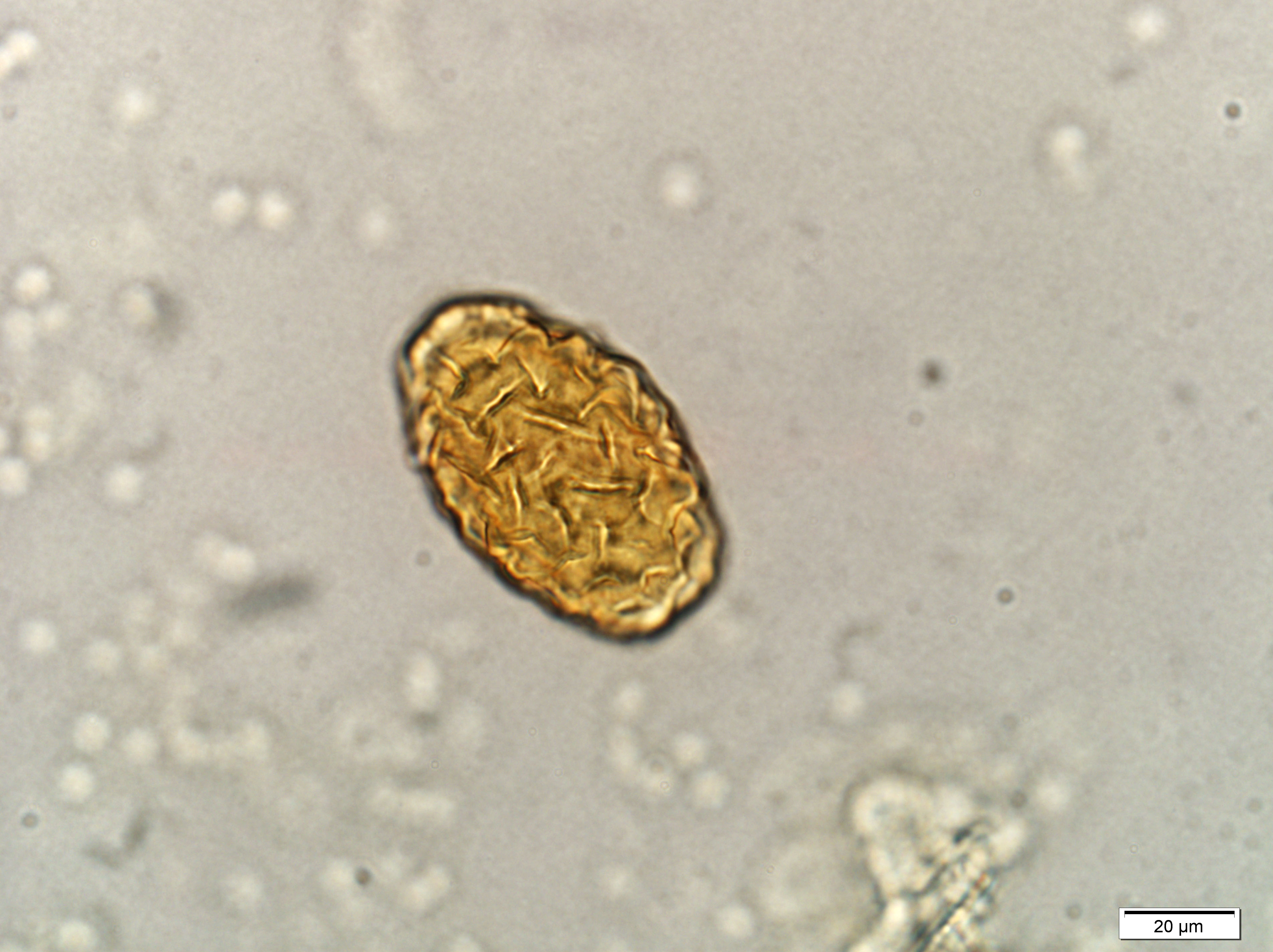Dioctophyma renale
Dioctophyma renale occurs in dogs, foxes, mink, ferrets, otters, cats (on occasion), pigs, horses, cattle and people.
Overview
Order Enoplida
Superfamily Dioctophymatoidea
Dioctophyma renale, or the giant kidney worm, is related to other enoplids such as Trichuris and Capillaria spp. Definitive hosts include dog, fox, mink, ferret, and otter, and occasionally cats, pigs, horses, cattle or people. This parasite is present in temperate and subarctic areas in North and South America, Asia and sporadically in Europe. In Canada, the parasite seems to be more common in northern Ontario and Manitoba. Adult kidney worms reside in the renal pelvis, generally the right kidney, of a canid or mustelid definitive host. They produce eggs that are passed in urine. These are ingested by an aquatic annelid which serves as intermediate host. Larvae hatch inside the annelid and develop from first to third stage larvae (L3). Definitive hosts are infected by ingestion of L3 inside the annelid, or, more commonly, in a frog or fish intermediate host. The prepatent period is long, generally 4-6 months, but can be years. Adult nematodes are large, bright red worms (females can be over a metre long) that destroy kidney parenchyma, often leaving just the capsule. They can also be found free in the abdominal cavity. Infections are usually asymptomatic and worms are an incidental funding on spay. Rarely, animals may have dysuria, hematuria or lumbar pain. Diagnosis can also be accomplished by detection of characteristic bipolar enoplid eggs in urine sediment, which have thicker, pitted shells as compared to those of Capillaria plica. Ultrasound or Doppler ultrasonography can also reveal masses of worms in the kidney. Treatment is rarely clinically indicated, but the affected kidney can be removed surgically (often during spay). Control of the parasite involves preventing dogs from drinking water containing infected annelids and consuming raw fish or frogs. People are very rarely infected, and serve as definitive hosts, similar to dogs.

Dioctophyma renale Egg

Dioctophyme egg (hightlighting the pitted surface)

